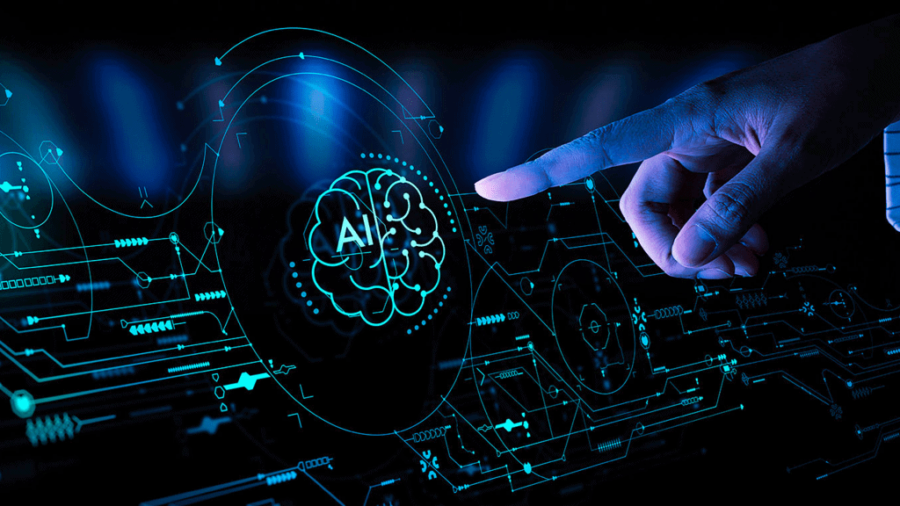
As artificial intelligence (AI) becomes deeply embedded in enterprise strategy and operations, Chief Information Officers (CIOs) are tasked with reshaping infrastructure to meet the rising demands of AI workloads. Traditional systems are straining under the weight of massive data processing requirements, advanced model training, and real-time analytics. To stay ahead, CIOs must keep an eye on the key shifts in infrastructure that are not only enhancing performance but also defining the next phase of digital transformation.
From immersive cooling technologies to the rise of containerized environments and hybrid cloud models, the infrastructure landscape is undergoing a rapid evolution. Let’s explore the most critical AI-first infrastructure trends that CIOs should prioritize.
1. Immersion Cooling: Answering the Heat of AI Workloads
AI workloads generate heat at a scale that conventional air-cooling systems struggle to handle. As AI model training intensifies with high-performance GPUs and dense server stacks, thermal management has become a significant concern. This is where immersion cooling steps in.
By submerging servers in thermally conductive dielectric fluids, immersion cooling dissipates heat far more efficiently than traditional methods. It not only maintains performance stability but also reduces energy usage, environmental impact, and overall operational costs. Organizations deploying AI at scale are increasingly embracing this technology to ensure continuity, especially in edge and hyperscale data centers. It’s a game-changer for sustainable AI infrastructure.
2. Containerized AI Environments: Scalability Meets Agility
The adoption of containerized environments is transforming how AI applications are developed, tested, and deployed. Technologies like Docker and Kubernetes have enabled teams to encapsulate AI workloads into lightweight, portable units that run reliably across different computing environments.
For CIOs, this translates to enhanced scalability, faster deployment cycles, and simplified resource management. Container orchestration platforms further streamline the coordination of resources, making it easier to run machine learning pipelines, inference models, and real-time analytics at scale. Containerization also facilitates microservices architectures, improving modularity and enabling continuous innovation without disrupting critical systems.
3. Hybrid Cloud Architectures: Flexibility with Control
The growing complexity and volume of AI workloads have made hybrid cloud architectures more appealing than ever. A hybrid approach allows organizations to blend the scalability of public cloud services with the control and compliance advantages of private or on-premises infrastructure.
This flexibility is crucial for CIOs managing sensitive data governed by strict regulations. For example, training models that use confidential customer data can be handled on private servers, while broader, less sensitive tasks—such as inference or model testing—can be offloaded to public cloud resources. This structure also offers better cost optimization, dynamic scaling, and risk mitigation through distributed workloads.
4. Automation in Data Orchestration: Powering Efficiency
As AI pipelines become more complex, manual oversight is no longer feasible. That’s why automation in data orchestration is gaining traction. Orchestration tools, often integrated with AIOps (Artificial Intelligence for IT Operations) platforms, leverage machine learning to automate the movement, transformation, and monitoring of data across systems.
This automation reduces human error, enhances system reliability, and accelerates the time from data ingestion to actionable insights. CIOs can expect higher availability, faster model deployment, and better alignment between infrastructure and AI workloads. It’s a critical step toward building truly intelligent, self-healing infrastructure environments.
5. Sustainability as a Strategic Priority
AI infrastructure demands enormous energy. As a result, sustainability is no longer just a corporate social responsibility issue—it’s a strategic imperative. CIOs must lead efforts to make AI operations greener and more efficient.
This includes deploying energy-efficient hardware, utilizing immersion cooling, and optimizing workloads through automation. Additionally, many organizations are looking into renewable energy sources and carbon offsetting to reduce their environmental footprint. Sustainable AI infrastructure not only helps meet ESG goals but also drives long-term cost savings and boosts brand reputation.
6. Edge AI and Infrastructure Distribution
Another rising trend is Edge AI, where processing occurs closer to where data is generated. This requires decentralized infrastructure capable of handling inference and real-time decision-making at the edge—whether in vehicles, manufacturing plants, or IoT devices.
To support this, CIOs are investing in compact, high-performance compute systems with robust cooling, secure communications, and reliable uptime. Edge infrastructure also benefits from containerized AI environments and centralized orchestration, which allow updates and monitoring to be handled remotely.
Conclusion: Architecting for the AI-First Future
The AI revolution demands more than just powerful models—it requires an infrastructure backbone that is resilient, agile, and future-ready. As CIOs steer their organizations through this transformation, understanding and implementing these trends will be crucial.
Immersion cooling will manage thermal loads efficiently. Containerization will provide agility. Hybrid cloud will bring balance between control and scalability. Automation will reduce complexity and increase performance. Sustainability will align infrastructure goals with long-term corporate values. And edge computing will extend AI’s reach beyond centralized data centers.
By staying ahead of these AI-first infrastructure trends, CIOs can not only optimize existing operations but also lay the groundwork for innovation, growth, and competitive differentiation in a data-driven world.


Leave a Reply